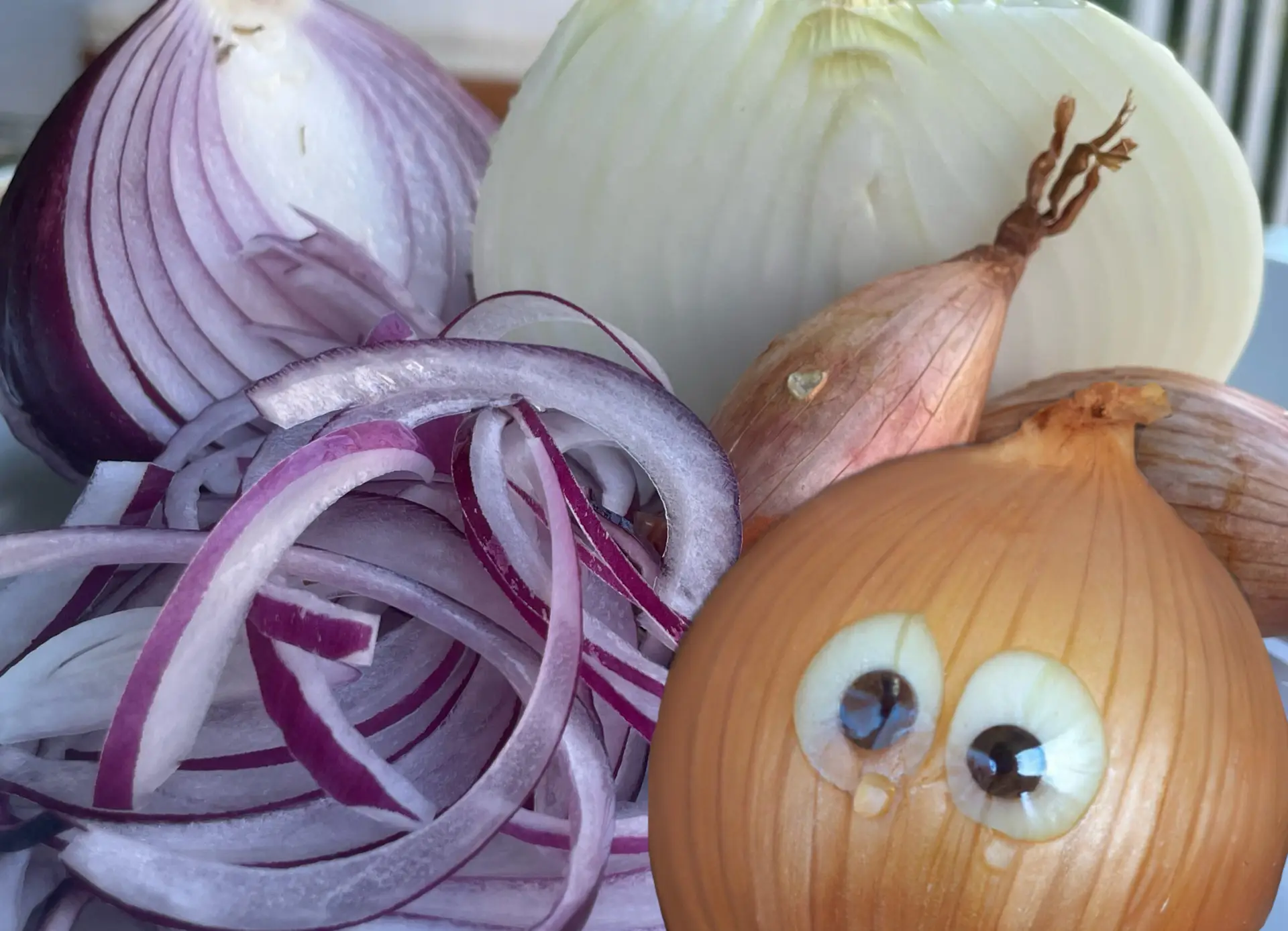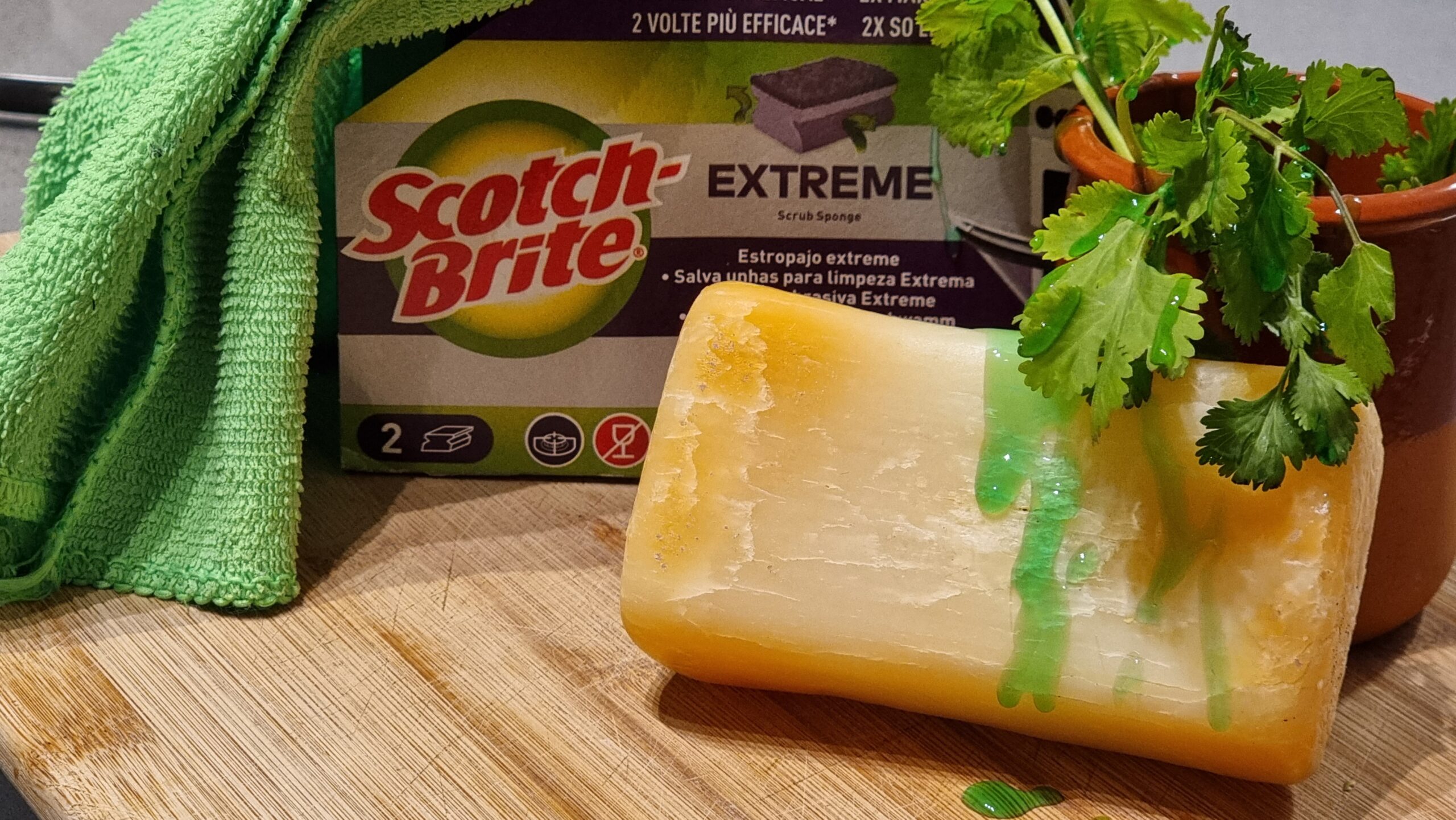What’s so special about sea salt?
Chemically speaking they are, literally 97% or even more, similar. We all listen to people gibbering about sea salt being better for you because it contains essential minerals that are required for your immunity and proper metabolism. . . . . . . Wait for it! Let’s examine some of the facts associated with sea salt.
- It’s from the sea, so it’s NATURAL. Hey, are you sure that the CEE Salt that you have is actually from the sea? FSSAI regulations for salts state that producers and manufacturers need not mention the source of it on the packaging. Well, salt comes from two sources: the ocean and halite (rock salt, which is to be mined), the latter was also deposited there at its place by the ocean about 2 billion years ago, but because of the plate tectonics they remained there. So we can say that all of the salt is or was from the sea. Now you’ll protest about staleness, so let me clear this up it’s NaCl through and through, doesn’t really matter how old it is, it’ll stay that way. In this way all salts are natural, are they not?
- It’s a great source of those precious minerals. If you try to make salt at home from seawater by boiling it, you’ll get a bitter-grayish-pasty mass which will be 78% Sodium Chloride. 99% of the remaining 22% will be different compounds of Calcium and Magnesium, which are most likely responsible for its bitterness. Beyond that, there are at least 75 other elements in very minute amounts. That last fact is the basis for the ubiquitous claim that sea salt is “loaded with minerals”. So if you’re planning on fulfilling your daily mineral intake from salt, you’d have to eat or rather devour at least half a pound of sea salt (*jokes apart* 2 pounds of salt can be fatal). So we can conclude that “nutrients” present in sea salt are nutritionally negligible.
- Sea salt is saltier. There are two plays, in this case, additives and shape (physical, not molecular).
-
- Additives Sea Salts are known to have mineral additives, that’s true as we discussed their presence in minute amounts (they mean squat in nutritional value). So the claim that sea salts are saltier is chemically appropriate but practically if you’re able to distinguish between the powdered form of the two, then either you have a very refined palate or you are a relative of Mr. Spock. (Go with the first one, make yourself feel better!)
- Formation Sea Salts are generally in the form of flakes which when put on the tongue, due to their thin “SHEETS”, give you a sudden burst of salinity. On the other hand, we have common grain salt which is in the form of a cube and hence takes relatively a little more time to dissolve.
- Your sauce needs more sea salt. Baloney Alert! If you’re using sea salt to season your sauces, you’re simply disrespecting the ingredient, the care that went into making it, and the wonders of the world altogether. It doesn’t matter which salt you use if it is supposed to dissolve in the dish, for obvious reasons (Hint: Na+ and Cl-). So to make the most out of sea salt use them on food that doesn’t “eat” up the salt (ice creams, steaks, carpaccio, etc.) just before serving sprinkle it over, which will make the consumer sense its whole characteristic.
I think I’ve made my point, Sea salt may or may not be superior to common salt, it depends on how you use it. Now it’s up to you if you wanna live a blindfolded life or make decisions based on factual data. Kirk Out!
Images from:
Alamy – Rock salt crystal cluster front view on black background, halite, the mineral form of sodium chloride, NaCl.







